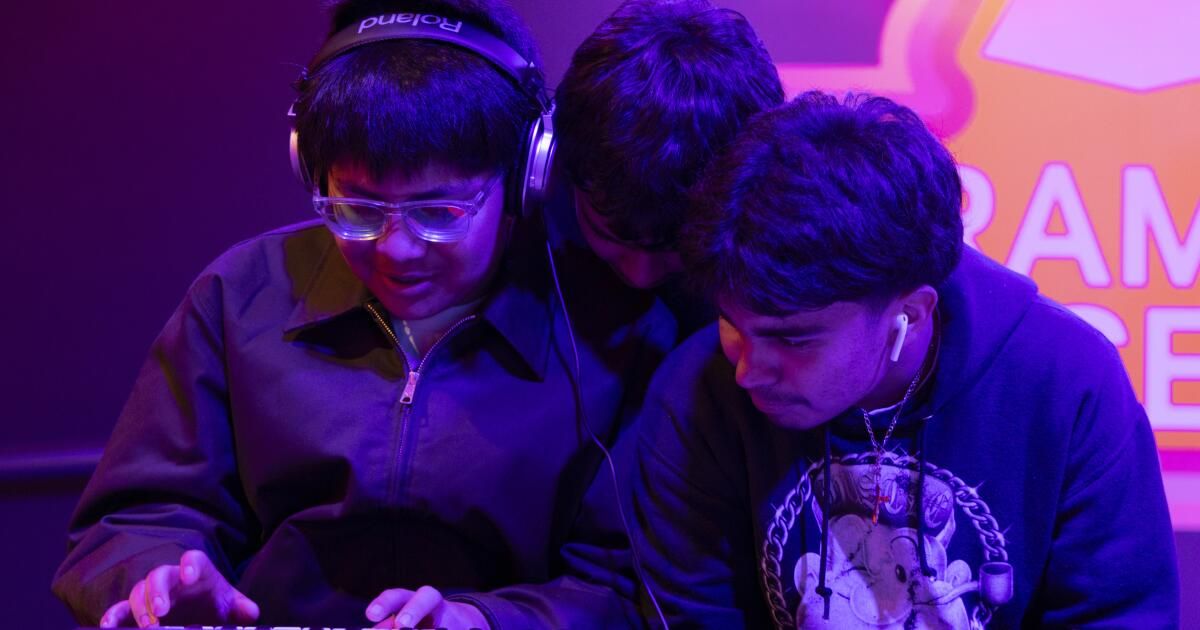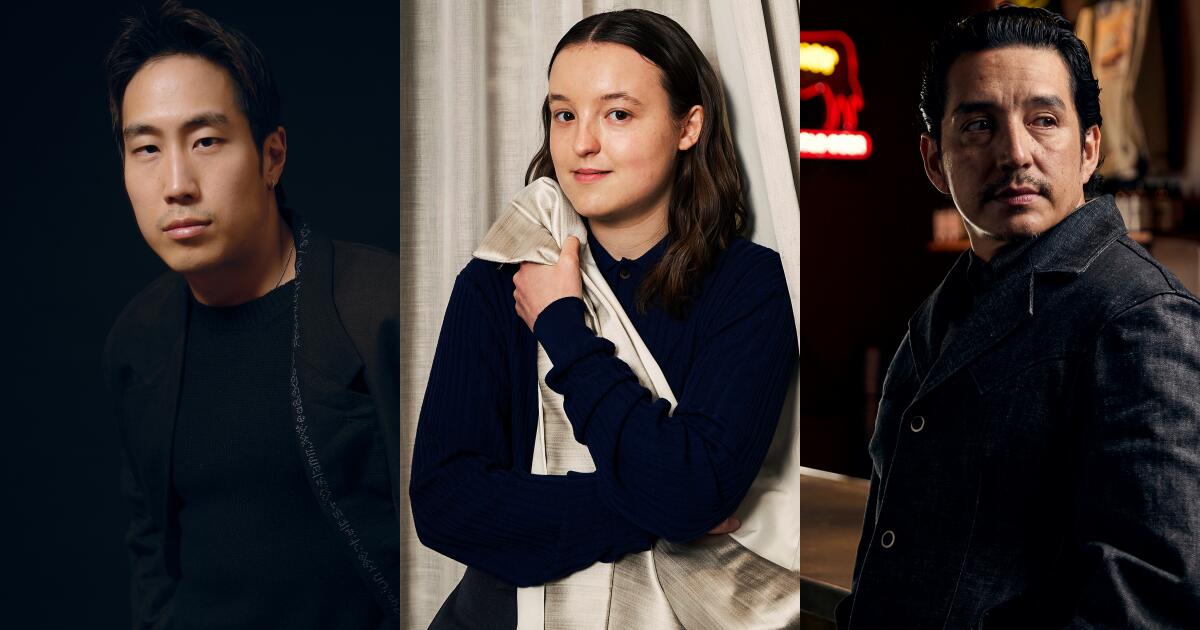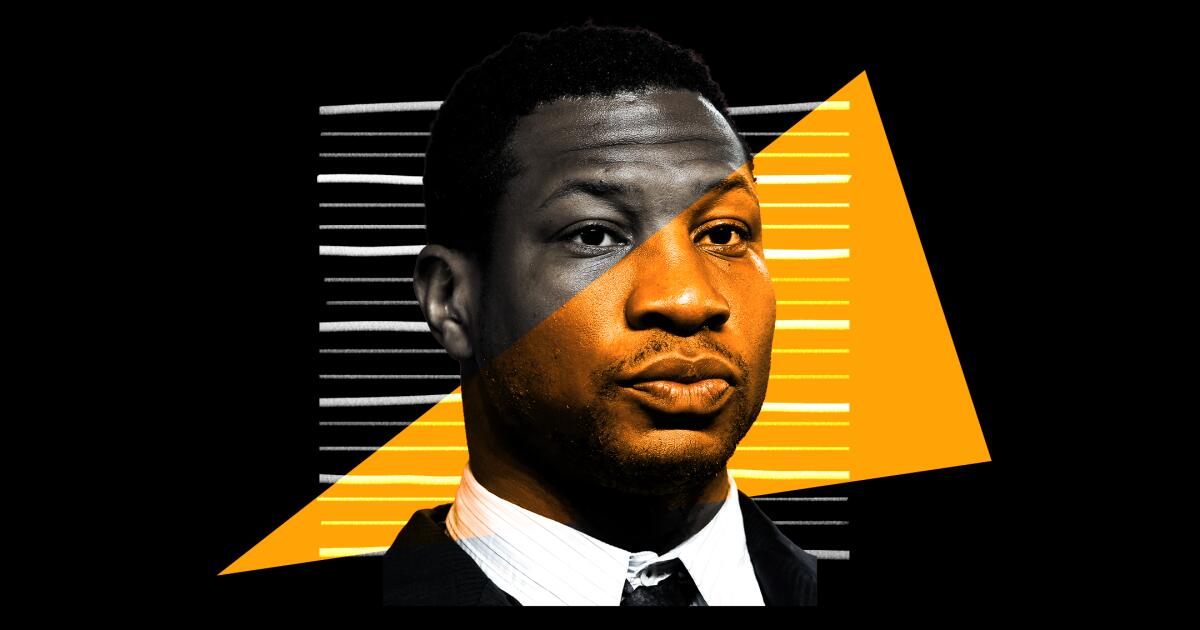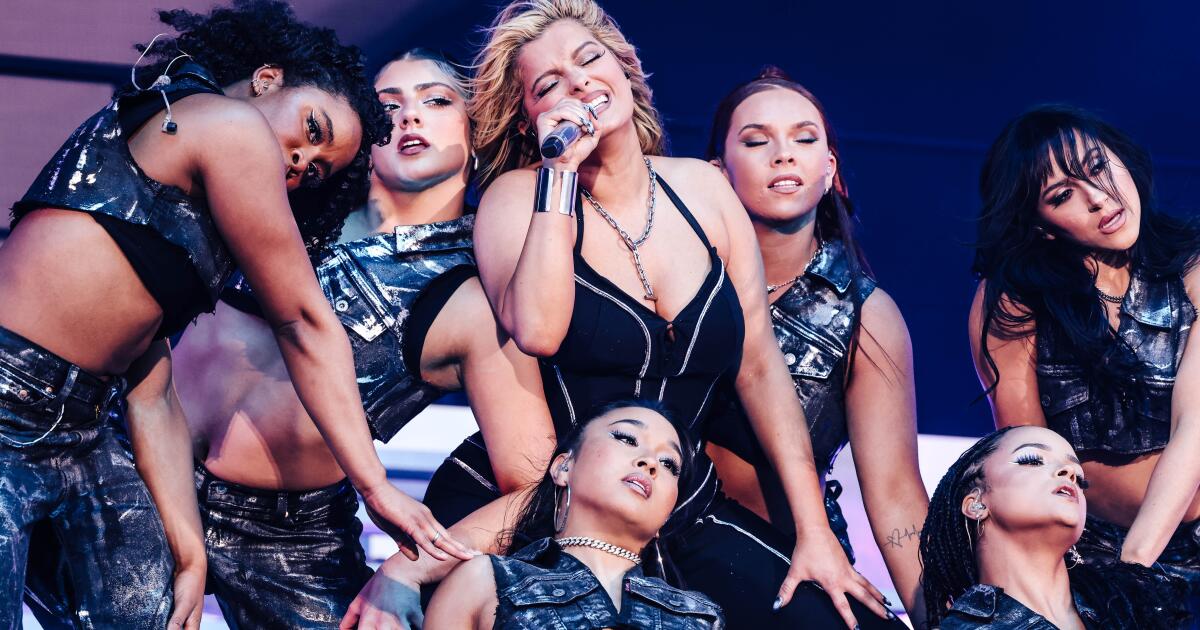The second floor of the Grammy Museum became a little stronger.
Sonic Playground, its new permanent exhibition, demystifies the musical manufacturing process for people of all ages. Its 17 different interactive facilities, with soundproof recording booths, a stage full of instruments and even a today's cabin, allow visitors to discover their musical potential.
“We hope people can enter, be curious and feel they could explore. It is not an environment 'Oh, I don't know how to do that', or an environment 'could be ashamed', “said Jasen Emmons, the main curator of the museum and vice president of curatorial affairs.” We want people to get into that playful state ” .
With an emphasis on creativity and curiosity, the museum of the center of Los Angeles provides a new and accessible perspective to the competitive industry. The exhibition was fully funded by the Institution's music education campaign, an initiative focused on reducing musical education costs and promoting the next generation of music. Since its inception, this fundraising effort has made the museum free of any person under 17 and extended its scholarship programs.
Now, Sonic Playground stands as the “Crown Jewel” of the campaign, making music available and digestible for visitors through expert tutorials and access to practical technology.
Every year, the museum welcomes almost 25,000 students. President and CEO Michael Staka expects the number at least to double in the coming years. When he joined the institution seven years ago, one of the first things he did was create an apartment for community participation. He says that it continues to be reflected in each of the museum's achievements.
“The community, in my opinion, is such a central aspect of what a cultural institution should be. So, the fact that we can make the Grammy museum free for young Provide an opportunity and exposure to music to those in our community. “
Emmons, who joined the museum in 2022 of the Seattle Pop Museum, says that it is very aware of how uncomfortable people can wear when they are asked to make music, so it decided to prioritize the experiences that “only make the people are people. “
The head curator of the Grammy Museum, Jasen Emmons, poses for a portrait in the new playground exhibition of Sonic.
(Juliana Yamada / Los Angeles Times)
Within the Academy recording center, the Sonic playground resembles a collaboration study. The students gather around the small stage to see their classmates try the Keytar, experiment with different battery patterns and share the connected headphones. Young children, and their rear parents, roam the electric forest, a series of tact -sensitive LED posts, choosing and choosing what sounds play in the echo composition.
Before their official opening on Friday, Steam Legacy High School students did an excursion to test the new program. Crystal Ochoa, the psychiatric social worker of the school, was excited to see how committed students were, especially because their school does not offer a music curriculum.
“As they advance in small recording studios, you can see them enlightened,” said Ochoa. “I don't even know if they have ever touched an instrument before. It is very important to expose them to all kinds of music and their process. It simply shows how many steps they enter something in particular, and I think it is a lesson that can be applied to so many different things. “

A student from Steam Legacy High School uses the Nexus Beat while visiting Sonic's playground at the Grammy Museum on February 6. Beat Nexus incorporates a touch panel to make harmonies, low, melodies or battery sounds.
(Juliana Yamada / Los Angeles Times)
Within the stands, small groups of friends turn playing guitar, free work on a hip-hop rhythm or practicing their vocal skills. Other visitors feel carefully, following step by step tutorials on how to use a battery machine or create a sample.
Jennesys Ortiz, Alexa Vidana and Janessa Segura, all the students of Legacy High, were not sure what to expect in the museum; They thought they were going to see a lot of trophies. As great fans of stars like Karol G and Tyler The Creator, they say they were excited to learn more about what happens behind their favorite songs.
“Music is a way for people to express their feelings and some people do not listen to certain types of music or not sing. So this is a way for everyone to experience things that we have never heard about, ”said Segura, who was particularly intrigued by loop machines. “I have seen this kind of thing in the movies, but I had never seen it in real life.”
Most attendees will not go home either empty. Most of the rhythms or loop tracks that produced can be downloaded, through a QR code. This was one of the priorities of the Sonic Playground Youth Board: a small group of young musicians who helped inform the healing of the exhibition. Throughout the planning process, they met once a month to discuss objectives and provide comments to Emmons.
“We needed to make the museum relevant and exciting for its age group. It is not enough to offer only free admission. It has to be useful for them, ”said Emmons. “I had to have them involved, so we don't think how adults, 'Oh, this is what they are going to want.' It's about listening to them directly, especially because they are all musicians.”

The students of Steam Legacy High School Alexis Medrano, on the left, and Christopher Luna play keyboards in the Sonic courtyard.
(Juliana Yamada / Los Angeles Times)
Beyond removing the music curtain, Sonic Playground aims to expose a young audience to the industry and its possibilities. While visitors are learning DJ or producing a rhythm, the wall of the Soundrax career offers quick responses to those interested in looking for a work in music. The 50 -foot wall diagram highlights different professional career, along with informative interviews of people in these positions.
Emmons says that everyone, either aspiring to be a musician or not, can learn something from this space.
“Not everyone will become a musician, but someone shows you which machine of rhythm or what sampling is when you start having a deeper appreciation for music,” Emmons said. “A large part of this is: 'How can we train people to be better listeners?' But also to be able to listen to things and say: 'Hey, I know how that is done' “.












